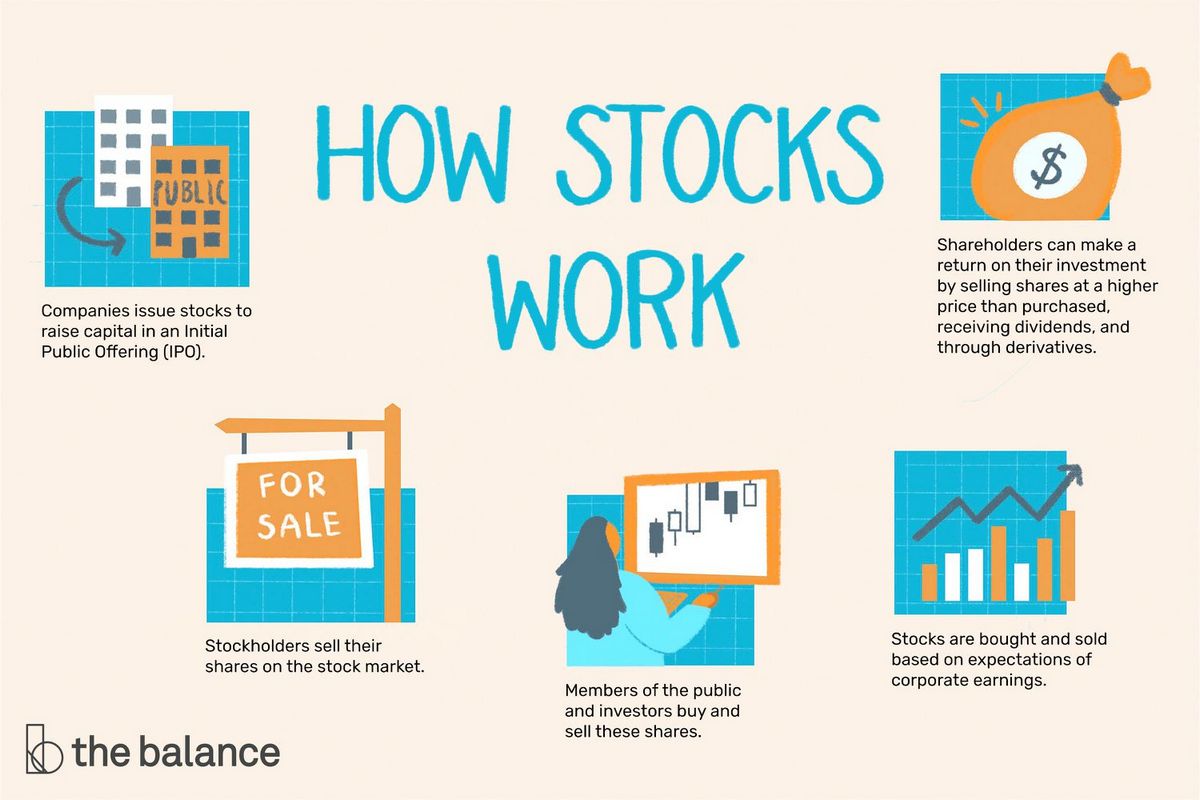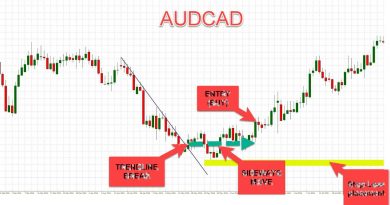Full Stock What It is How it Works Example

Contents
Full Stock: What It is, How it Works, Example
What Is Full Stock?
Full stock is a stock with a par value of $100 per share. It can be either a preferred share or common share, although for practical purposes today, common stock has a par value of zero or close to zero. Therefore, full stock typically refers to a preferred share with a par value of $100.
Key Takeaways
- Full stock are shares with a face value of $100.
- This typically refers to preferred shares, as common stock has a face value of zero.
- Preferred shares and common shares have different pros and cons for both the company and shareholders.
Understanding Full Stock
Preferred stock with a par value of $100 per share is considered full stock. Preferred stocks share characteristics with bonds, including a face value. The yield on a preferred share is calculated by dividing the annual dividend by $100 (or face value). For example, an annual dividend of $7.50 per share is equivalent to a 7.5% yield.
Preferred shareholders are paid ahead of common shareholders in case of company bankruptcy, and receive dividends before common shareholders. The price of preferred shares fluctuates like bonds, meaning preferred shareholders do not directly benefit from the company’s growth like common shareholders do. Additionally, preferred shareholders typically do not have voting rights, whereas common shareholders do.
Preferred shares can have various features that affect their pricing and trading:
- Cumulative or noncumulative
- Callable
- Convertible
- Participating
- Adjustable-rate
Common stock is generally issued with a zero or nominal par value for accounting purposes. For example, Apple Inc. (AAPL) sets the par value of its common stock at $0.00001 per share. The purpose of negligible common stock par values is to protect stockholders in case the stock becomes worthless. In the early days of public companies, when full stock prices fell below $100 or reached zero during bankruptcy, shareholders who owned full stock made claims to be compensated at $100.
Par value, if greater than zero, is part of a corporation’s legal capital and is known as paid-in capital. The portion above the nominal value is the firm’s additional paid-in capital. For example, a firm issuing a $0.01 par value stock for $30 will credit the Common Stock account (in Shareholders’ Equity) with $0.01 and the additional paid-in capital account with $29.99.
Full Stock Example as Interest Rates Change
Assume that Bank of America Corp. (BAC) issues a $100 par value preferred share with a 6% dividend. A holder of 100 preferred shares would receive $600 in dividends each year ($100 x 0.06 x 100). Their cost upfront is $10,000 ($100 x 100 shares).
The price of preferred stock on the secondary market fluctuates as interest rates change. For example, if comparable companies are paying 5%, receiving 6% is more favorable, so the preferred stock will trade above $100. Conversely, if comparable companies are paying 8%, receiving 6% is less attractive, so the preferred stock will trade below $100.
Preferred stocks are perpetual in nature. If interest rates rise, the preferred share price will fall. There is no guarantee that the investor will get their face value back, but they will continue to receive the dividend. Conversely, if interest rates fall, the preferred shareholder may be able to sell the preferred stock for more than $100, or the company may call the shares in and replace them with lower-rate preferreds.



